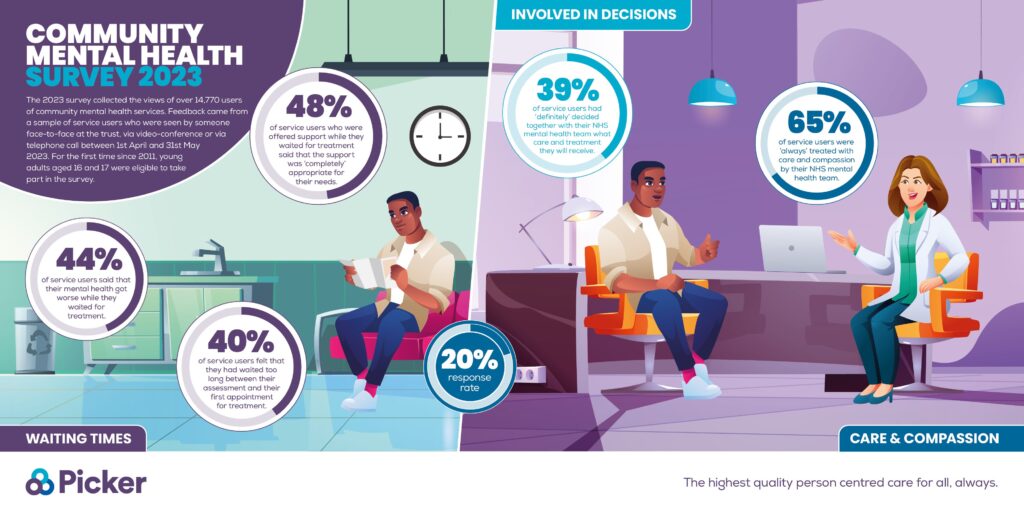Targeting CQC Inspections of GP Practices
The Care Quality Commission (CQC) has conducted General Practice inspections since 2013. Given the number of practices and the cost of each inspection, however, it is not possible to inspect all practices annually. This means it is desirable to be able to use existing data to identify practices where there is the greatest risk of performance issues and to target inspections accordingly. To help target the GP practices to visit, we investigated whether there was a relationship between the General Practice Patient Survey (GPPS) results and CQC inspections.
Although previous findings (Allen et al. 2020) indicate that GPPS data is not a good predictor of inspection ratings, we used an alternative approach to explore whether it could be used for targeting.
Actions
We matched the GPPS questions to CQC inspection themes based on stakeholder feedback and expert review. We then analysed existing aggregated GPPS and CQC inspection data from 2018; data sets were matched by date and the GP practice code.
We used decision tree modelling, an approach where data is classified through a series of decision-like splits, to look at how information from the GPPS could map to predicted inspection outcomes.
Results
Ten questions from the GPPS were matched to the responsive CQC category; six were mapped to caring. No questions were suitable for matching to CQC’s safe, well-led, or effective themes. There was limited overlap in the themes covered in the two data sources, raising questions about whether the content of the GPPS provides a thorough understanding of quality.
Although there were some associations between the GPPS data and inspection ratings, there were limitations with using GPPS data to predict ratings. This is likely to be due to the high proportion of ”Good” ratings in the inspection data, with most practices (72%, 974/1350) being rated as “Good” overall by CQC.
Decision trees using GPPS questions were no more predictive than following a rule of assuming every GP practice is rated “Good”. However, our analysis revealed that a set of GPPS questions could be used to identify GP practices at higher risk of a poor CQC rating. This information could be used by the CQC to help decide where to target inspections. Allocating inspections more efficiently has the potential to save significant sums of money and/or to make more effective use of resources.
This research was published in the journal BMJ Open.
Funding
This study was funded by the National Institute for Health Research (NIHR) Policy Research Programme, conducted through the Quality, Safety and Outcomes Policy Research Unit, PR-PRU-1217–20702. The views expressed are those of the author(s) and not necessarily those of the NIHR or the Department of Health and Social Care.

